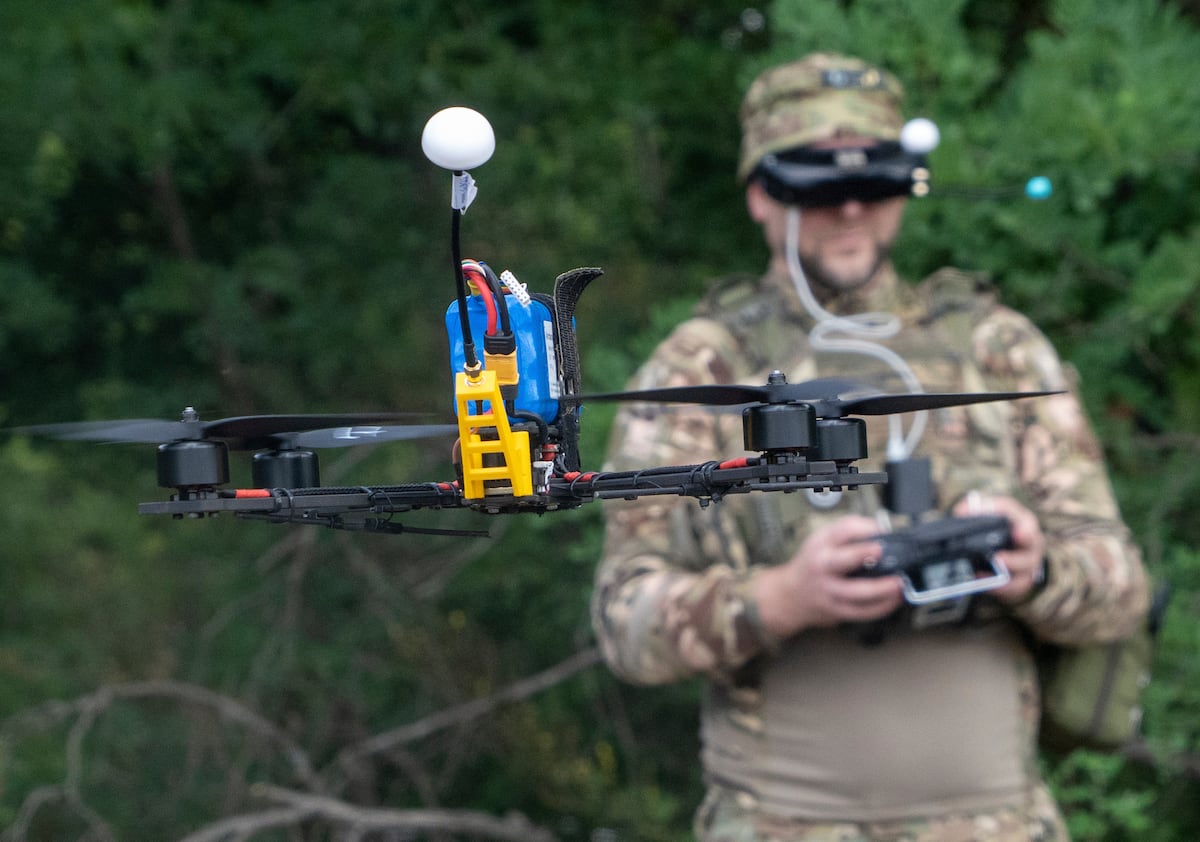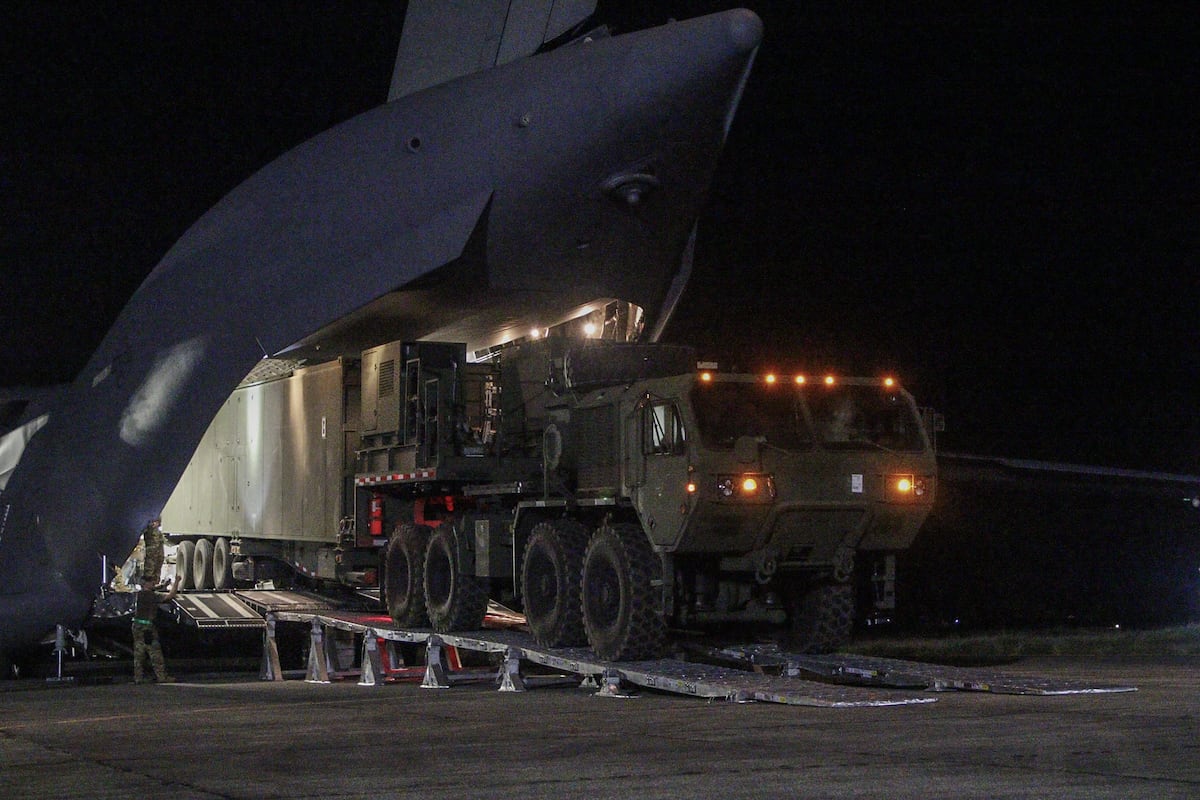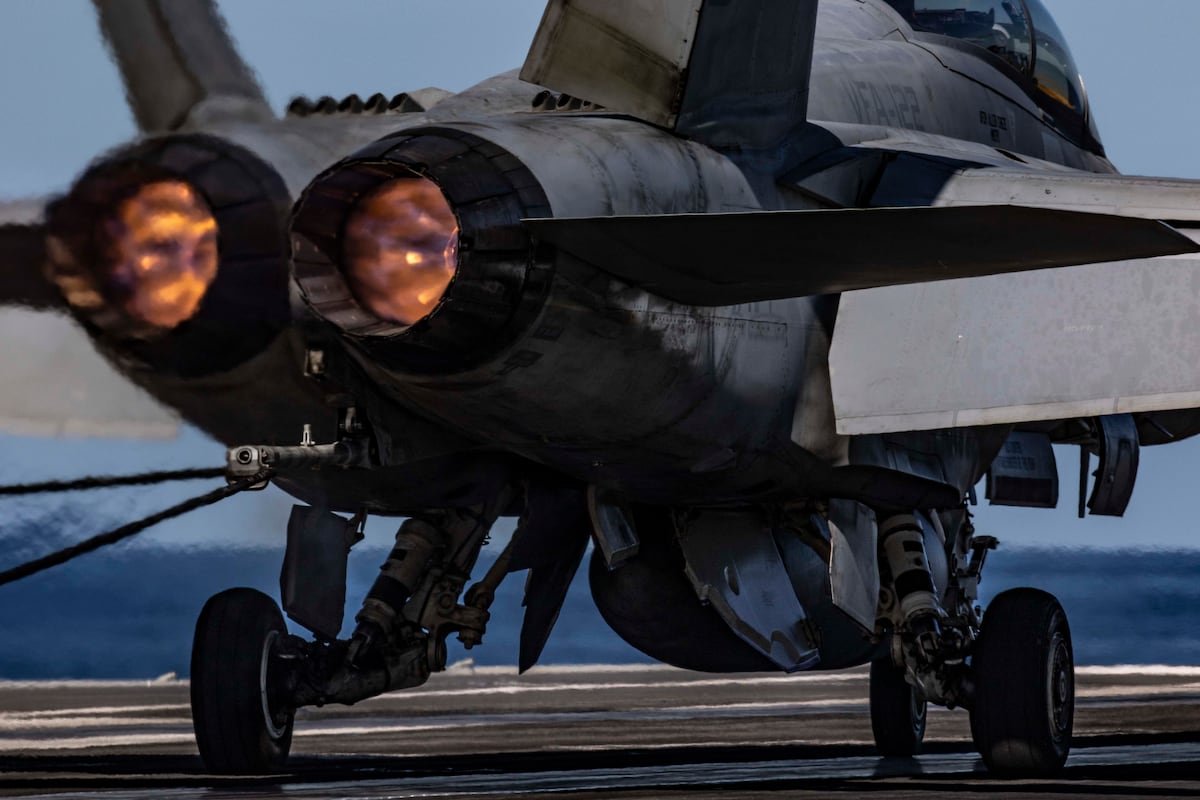As armies scramble to learn the lessons of the Russia-Ukraine war, one question looms above all: Have drones replaced traditional weapons such as tanks and artillery?
For NATO, the implications are more than tactical. As the alliance struggles to rebuild its long-neglected armies, it faces tough decisions about allocating scarce money and industrial capacity. If robots are the future, then doesn’t it make sense to build $500 drones instead of $5 million tanks?
Not so fast, warn some experts. Replacing old-fashioned firepower with a purely drone force would be a blunder.
“There are several reasons why it would be a mistake for NATO forces to rely heavily on massed small UAS [unmanned aerial systems] and long range OWA [one-way attack] drones to replace traditional weapons systems in pursuit of improved lethality and thus deterrence against future Russian aggression,” argues Justin Bronk, a researcher at the British think tank Royal United Services Institute, in a recent essay.
RELATED
Rather than exploiting Russia’s weaknesses, a drone-centric NATO could be playing to Russia’s strengths.
“Russian forces currently field the most formidable” counter-UAS capabilities in the world, according to Bronk. In addition to jammers, modified infantry weapons and short-range air defense systems, Russian forces have become accustomed to using anti-drone measures such as netting to deflect unmanned aerial vehicles and armored cages to protect vehicles.
“In most cases, only a small fraction of the huge volumes of drones launched by Ukrainian forces reach their targets, and a still smaller proportion achieve decisive damage when they do,” Bronk wrote.
Indeed, one reason why Ukrainian drones have achieved success at all is the presence of legacy firepower that constrains Russia’s ability to maneuver and to concentrate counter-UAS assets.
“This attrition from UAS has been occurring in the context of a Russian force that is still constrained by minefields and forced to disperse by Ukrainian artillery, GMLRS [Guided Multiple Launch Rocket Systems] and ATACMS [Army Tactical Missile Systems], Storm Shadow/SCALP cruise missiles and glide bombs, Bronk explained. “If NATO forces were to pursue massed UAS at the expense of rebuilding stocks of these traditional fires, Russian forces would find it significantly easier to mitigate UAS lethality than they have up to now in Ukraine.”

The impact of drones in Ukraine has been contradictory. On the one hand, they dominate the battlefield, with hordes of omnipresent attack and reconnaissance UAVs paralyzing maneuver and forcing troops and vehicles to remain within cover and fortification. Most recently, waves of unjammable Russian first-person view drones guided by fiber-optic cables have devastated Ukrainian supply lines.
Yet despite enormous effort to innovate and manufacture drones, Ukraine has only been able to limit Russian advances — but not stop them. Advancing behind saturation bombardments by artillery, glide bombs and drones, Russian offensives are succeeding in capturing ground. The gains are meager and the cost is staggering. But the Kremlin doesn’t care about losses, and Ukraine simply lacks sufficient quantities of manpower and traditional weapons to defeat the attackers.
“Ukraine has achieved very impressive defensive results against larger Russian forces, but has not managed to retain the strategic initiative or operational momentum despite deploying millions of UAS that are constantly iteratively developed by a system honed by multiple years of desperate fighting,” Bronk wrote.
The best evidence is that Ukraine is clamoring for legacy weapons such as ATACMS and High Mobility Artillery Rocket System, or HIMARS, rocket launchers, guided artillery shells and anti-tank guided missiles.
“When available, high-end ATGMs [Anti-Tank Guided Missiles], anti-tank BONUS artillery rounds and regular artillery are still prized by many Ukrainian commanders for countering Russian attempts to break through the frontlines, because they are far more responsive and more reliably able to knock out vehicles and suppress massing infantry than FPV drones,” wrote Bronk.
While UAVs have inflicted significant casualties on Russian forces (as have Russian drones on Ukrainian troops), Bronk sees drones at their most valuable as enablers for traditional forms of firepower.
For example, cheap decoy or kamikaze drones can saturate air defense radars and force the defender to expend interceptors that would otherwise target missiles and rockets.
RELATED

Bronk favors a NATO focus on glide bombs. Though far more expensive than drones, they are far cheaper than guided missiles: A Joint Direct Attack Munition, or JDAM, costs around $25,000, compared to a million-dollar ATACMS rocket. Glide bombs “destroy armored vehicles, fighting positions, supply dumps, warehouses, factories and command posts. They are easy to manufacture at scale with existing factories and multiple bombs can be delivered by a single jet with a targeting pod on each sortie.”
Beyond their battlefield value, Bronk sees glide bombs as a deterrent against Russian aggression. By threatening Russian air defenses, they present Moscow with the prospect of operating at the mercy of NATO airpower.
Rather than playing catch-up with Russia and Ukraine in drone warfare, NATO should use drones to augment its existing strengths, Michael Kofman, a senior fellow at the Carnegie Endowment for International Peace, told Defense News. These include superior precision strike capabilities, better-trained personnel and the ability to conduct joint operations.
“Those are the advantages that are likely to prove much more significant than being second- or third-mover in the drone fight,” Kofman said.
Ultimately, those nations that can integrate drones with conventional weapons will have the advantage over those that rely on masses of drones at the expense of traditional firepower.
“Fundamentally, it is far technically and tactically easier to counter a force that primarily relies on massed, cheap FPV and OWA drones for its primary lethality than it is to counter well-employed airpower, long range fires, armor, artillery and mortars within a professional joint force,” Bronk concluded.
Read the full article here








Leave a Reply